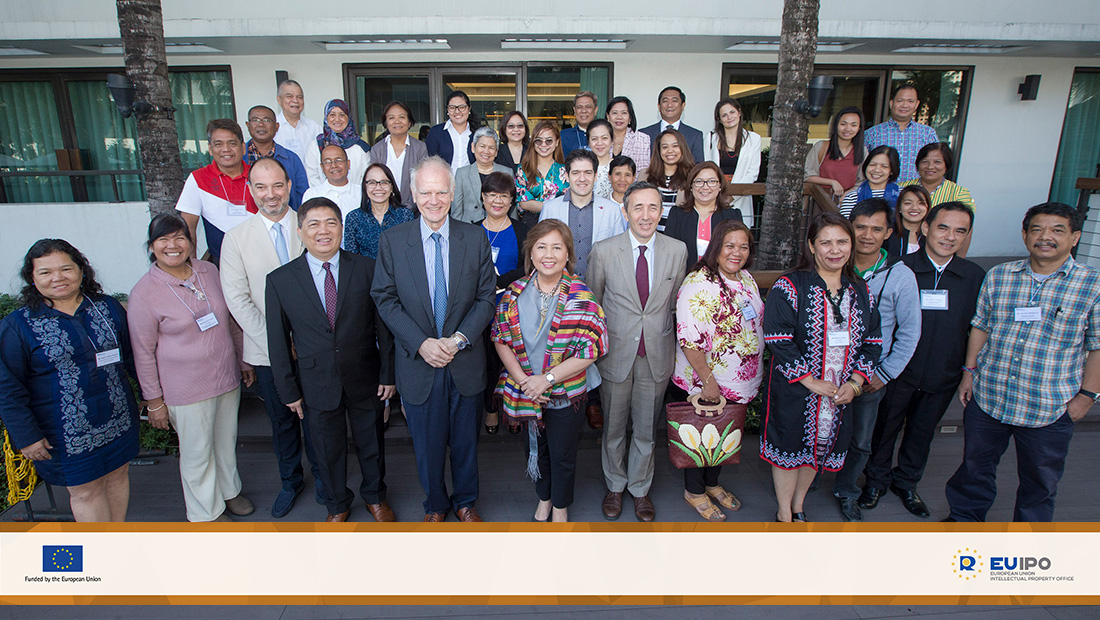Development of GI system for the Philippines discussed in IP Key SEA consultation meeting
Producers and producer associations, representatives from the Department of Agriculture and Department of Trade and Industry, Food and Drug Administration, and other stakeholders provided perspectives on the development of a sui generis protection system for geographical indications (GIs) at a consultation meeting organised by IP Key SEA and the Intellectual Property Office of the Philippines (IPOPHL) in Manila on 6 February.
In the opening remarks European Union Delegation to the Philippines Ambassador Franz Jessen noted, “GI protection is important economically and culturally.” He emphasised that GI is an economic rather than a political issue, especially since a GI system benefits the agricultural sector and generates employment.
IPOPHL Director General Josephine Rima-Santiago highlighted the need for the different government agencies to work together in the development of many products in the Philippines that are potential GIs.
Using case studies of GI holders from around Southeast Asia, IP Key SEA Project Leader Ignacio de Medrano Caballero underlined the key benefits that a sui generis GI protection system offers producers. He discussed the importance of a sui generis GI protection in addition to collective and certification marks and trademarks.
During the roundtable discussion, the producers and representatives of producers’ associations called for the development of a sui generis GI system so their products could benefit from the protection such a system can bring.
Geographical indications are signs which identify a good as originating in a particular region or locality, where a given quality, reputation or other characteristic of the good is essentially attributable to its geographical origin. GIs are considered a useful tool for economic growth and sustainable development, particularly in rural areas. They help foster new markets by directing consumers to identify the distinct qualities of local products, ensuring certain quality standards are met by producers, and typically apply environmentally-sound practices.
Click here to see the activity description.
